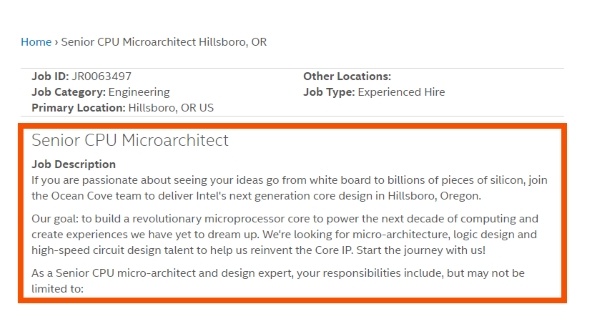goldstone77
Distinguished
Intel's 28-Core 5GHz Processor And Test System Breaks Cover
by Paul Alcorn June 5, 2018 at 6:20 PM

by Paul Alcorn June 5, 2018 at 6:20 PM
https://www.tomshardware.com/news/intel-28-core-processor-5ghz-motherboard,37213.htmlBut Intel's demo didn't tell the full story. Many in the press mistakenly assumed the new processor runs at 5.0 GHz at stock settings, but we carefully analyzed video from the event and spotted a few obvious signs that the processor was overclocked. Intel apparently was running some sort of closed-loop cooling that required insulating material around the tubing. This turns out to be a water chiller that was hidden under the table. We also spot more shielding over the long rectangular waterblock and what appears to be six sticks of RAM flanking the processor on each side. We theorized that this platform is based on the (until now) enterprise-class LGA3647 socket, and that has proven to be true. This means the processor could be a variant of the $8,700 Xeon Platinum Scalable processor we reviewed here, albeit with an unlocked multiplier.






